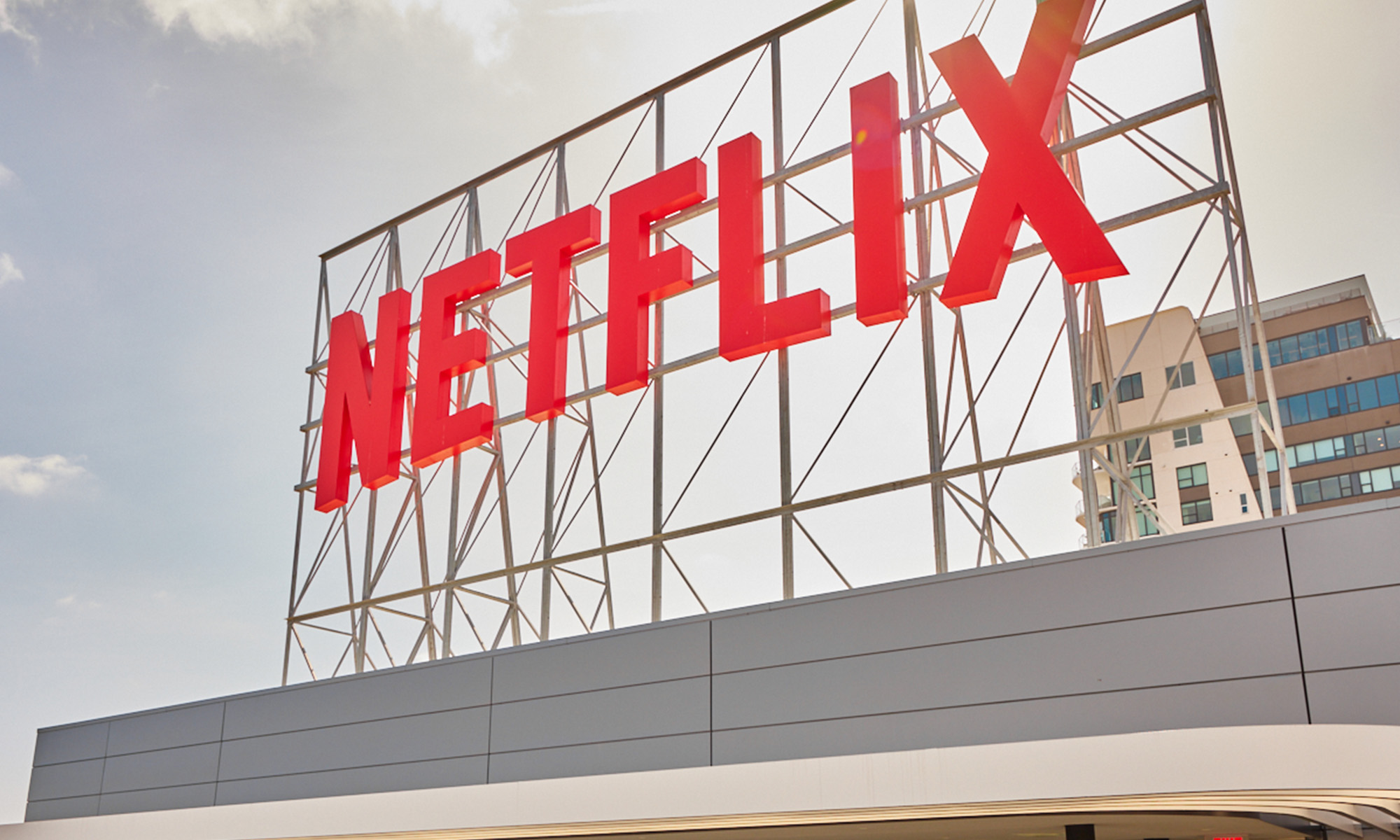Netflix (NFLX +0.29%) has been in the spotlight for years as the pioneer of streaming, but its pivot to advertising in November 2022 could mark its most significant shift since moving away from DVDs. In 2025, the company expects ad revenue to double year over year.
That bold target has captured investor attention. Ads represent Netflix's most important new growth driver in a decade, offering the potential to open up a high-margin revenue stream while expanding its subscriber base. But as exciting as the opportunity looks, it's worth asking: Is this really a game changer, or is the hype getting ahead of the numbers?

Image source: Getty Images.
Why ads matter for Netflix
For most of its history, Netflix was a pure-play subscription business. That business model worked incredibly well, allowing the company to grow to more than 300 million members globally. But it also had limits. Once subscriber growth slows in mature markets like North America, Netflix will have to rely on overseas growth or add new levers to keep growing.
Digital advertising provides precisely that opportunity. According to Statista, global TV ad market is expected to reach $357 billion in 2025, with the U.S. alone accounting for $158 billion. Moreover, digital players like YouTube and Hulu have proven that streaming platforms can build a massive ad business, so it makes sense for Netflix to expand into this business.
The company also has a ready audience: consumers willing to watch limited ads in exchange for lower monthly prices. By offering a cheaper ad-supported tier, Netflix can capture price-sensitive users while also attracting advertisers hungry for premium streaming inventory.
Financially, this is powerful. Unlike content spending, which fluctuates quarter to quarter, ad revenue becomes high-margin once the tech infrastructure is in place. Even capturing a fraction of the total addressable market could add billions to Netflix's top line at margins higher than its existing subscription business.

NASDAQ: NFLX
Key Data Points
Early signs look promising
So far, Netflix's execution has been strong. Management shared that it already has 94 million global subscribers. That's a striking figure, showing how quickly the offering has gained traction since the tech company launched this service. .
The company has also strengthened its credibility with advertisers by partnering with measurement firms like Nielsen and expanding its adtech through Microsoft and its in-house Netflix Ads Suite. These steps are critical in a market where transparency and scale drive ad budgets.
Netflix has also been methodical. Instead of launching ads everywhere at once, it introduced the ad tier in 12 key markets, such as the U.S., the U.K., parts of Europe, and Japan, refining the product before expanding further. That disciplined rollout reduces risk and gives Netflix time to build the proper infrastructure.
The risks investors shouldn't overlook
For all the promise, advertising is far from a guaranteed win. First, ad spending is cyclical. When economic conditions tighten, marketing budgets are often among the first expenses to be cut. If brands pull back, Netflix's ad growth could slow dramatically.
Second, the competition is intense. YouTube dominates digital video advertising, and Walt Disney's Hulu has more than a decade of experience running an ad-supported model. Netflix may have premium content and global scale, but it is still the new entrant in a crowded field.
Third, it will take time for advertising to meaningfully move the financial needle. After all, it has yet to disclose the revenue from this segment separately, suggesting that the business remains tiny compared to its $11 billion quarterly revenue.
So what does it mean for investors?
Netflix's ad-supported tier is one of the company's most critical strategic shifts in years. It opens up a vast new market, expands the subscriber base, and offers a path to margin expansion. But investors should temper their expectations. The ad business is just starting to gain traction after the years of work, so there's still plenty to do to grow it into a sizable business. .
The truth lies somewhere in the middle. Advertising is not agame changer yet, but neither is it just hype. Instead, it's a carefully built growth engine that could turn Netflix into not just the world's biggest streaming platform but one of its most profitable, too.
For investors, the takeaway is clear: Watch execution closely. If Netflix can scale up ads while maintaining subscriber growth and financial discipline, this could be the lever that drives the next decade of profitability.





